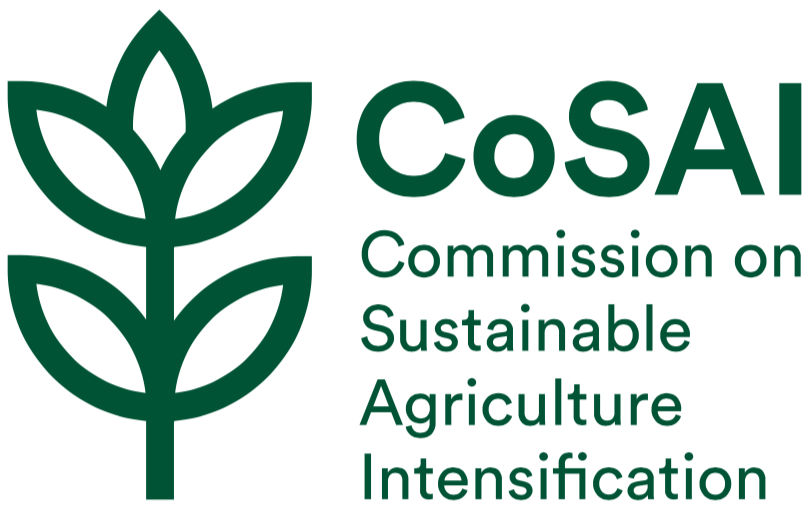Mining the gaps: Using machine learning to map 1.2 million agri-food publications from the Global South
Voir les résultats en:
https://tapipedia.org/sites/default/files/p4336_cosai_brief_3_mapping_study_v3.pdf

Licence de la ressource:
Droits soumis à la permission du propriétaire
Type:
note d'orientation
Auteur:
Commission on Sustainable Agriculture Intensification (CoSAI)

Description:
The evidence base on agri-food systems is growing exponentially. The CoSAI-commissioned study, Mining the Gaps, applied artificial intelligence to mine more than 1.2 million publications for data, creating a clearer picture of what research has been conducted on small-scale farming and post-production systems from 2000 to the present, and where evidence gaps exist.
The study used Havos AI machine learning models to extract information from each publication based on a series of modular questions. Graphical maps of the data provide policymakers and funders with a more nuanced view of the information available, which can help them to prioritize and coordinate international funding and research efforts.
Αnnée de publication:
2021
Μots-clés:
Global South
agricultural data
agricultural research
Machine learning
Ressources associées
Mining the gaps: using machine learning to map a million data points from agricultural research from the Global South
This shift in thinking will require major shifts in policy, research, and investment. But where should these investments go? What foundations should be strengthened? Which gaps need filling? What’s working? What’s not?
In order to answer these questions in an...
Αnnée de publication:
2021Auteur:
Commission on Sustainable Agriculture Intensification (CoSAI)
- Link to web resource
Capitalisation de l'expérience de PAEPARD sur les partenariats multi-acteurs en recherche agricole pour le développement
Les leçons et les recommandations mises en avant dans cette publication sont issues d’un atelier de capitalisation de PAEPARD qui a réuni tous les partenaires à Cotonou, au Bénin, du 2 au 6 octobre 2017. Cet atelier a joué un...
Αnnée de publication:
2017- Link to web resource
Systems thinking and ARD partnerships
The nature of the issues around which Agricultural Research for Development (ARD) partnerships are formed requires a different way of conceptualizing and thinking to that commonly found in many agricultural professionals. This brief clarifies the components of a system of...
Αnnée de publication:
2018Auteur:
Hawkins R.
Ekong J.
Salm M.
- Link to web resource
Funding agricultural research for development: Lessons from PAEPARD
Most agencies supporting agricultural research in sub-Saharan Africa (SSA) provide funds for discrete projects over specific periods of time, usually a maximum of three years. Research topics identified for calls for proposals are not always well aligned with users’ needs....
Αnnée de publication:
2017- Link to web resource
Managing power differences in ARD partnerships
Although it is not always acknowledged, power differences between partners fundamentally affect Agricultural Research for Development (ARD) partnerships. In referring to its African-European ARD partnerships, PAEPARD has often alluded to aspects of power without naming them as such. The project...
Αnnée de publication:
2018Auteur:
Hawkins R.
Ekong J.
Salm M.
- Link to web resource
